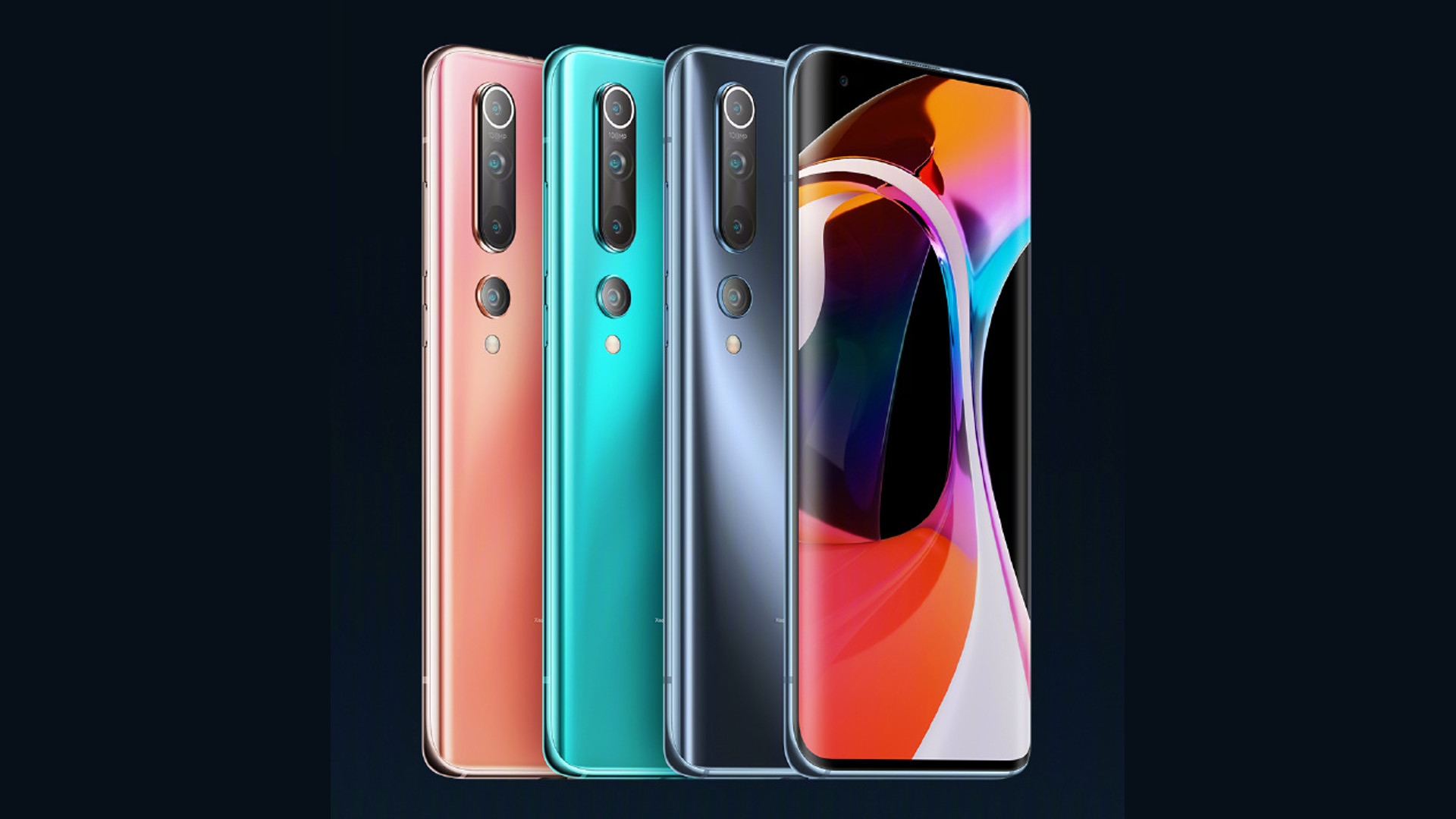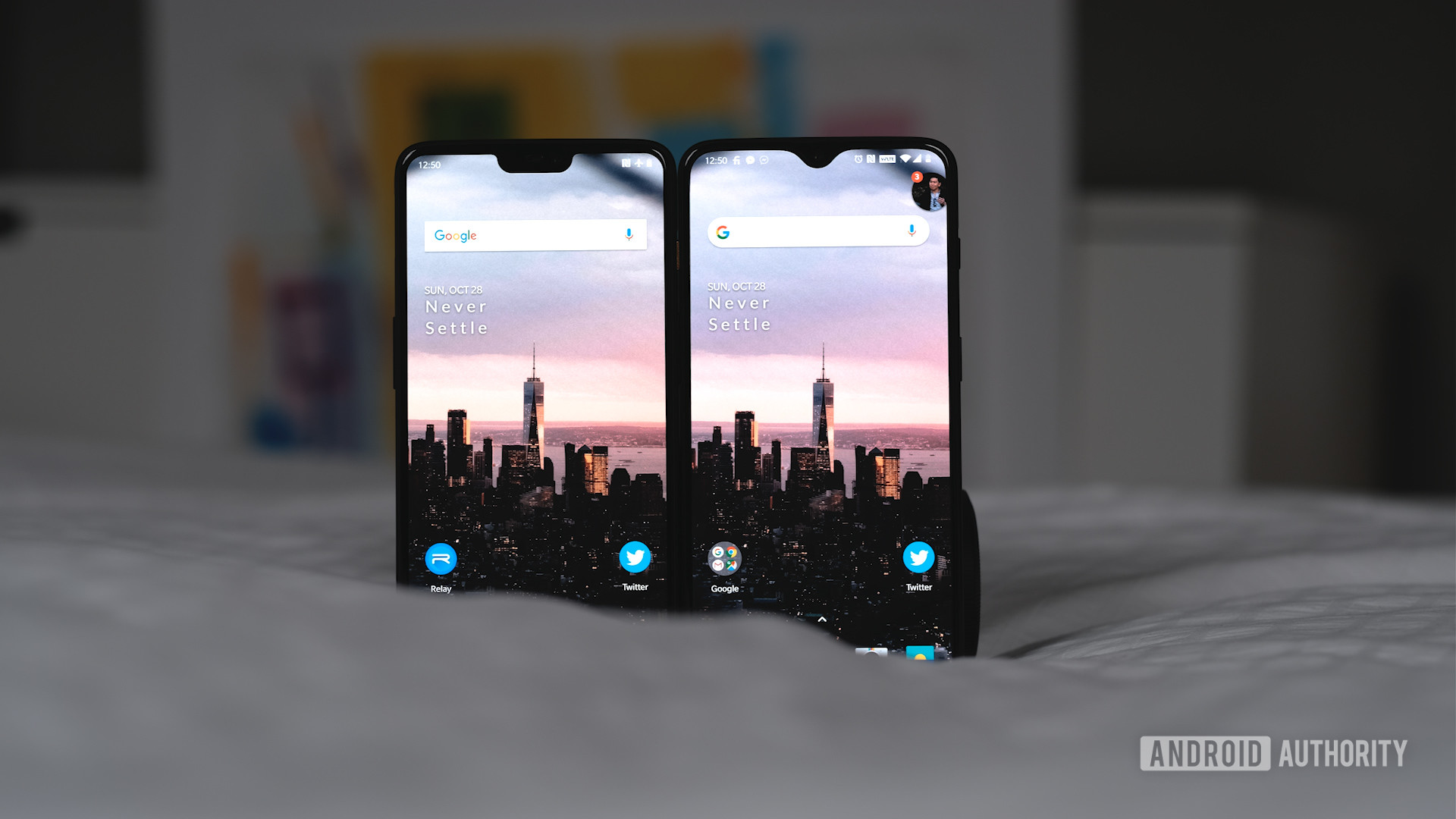
The Xiaomi Mi 10 series is the company’s most expensive set of smartphones yet. Granted, they’re still more affordable than other flagships launched this year. Xiaomi hasn’t broken the $1,000 barrier, at least not yet, but the company is quickly shooting up the price brackets.
Back in 2019, the Xiaomi Mi 9 launched in China at a starting price of 2,999 Yuan or roughly $450. The Xiaomi Mi 10 starts at 3,999 Yuan (around $575) in China, with the Mi 10 Pro costing even more at 4,999 Yuan (around $715). That’s positively cheap compared to global pricing, where Xiaomi is pushing the boat out even further.
The 128GB Mi 10 starts at £699 / €799 (~$858) in Europe, up from £549 (~$674) with Mi 9. The Mi 10 Pro starts at €999 (~$1100), which is well into premium-tier pricing. That’s a huge jump in just one year for Xiaomi, or any other mobile brand for that matter. Time will tell if the company has pushed a little too far too quickly or not.
The Xiaomi Mi 10 Pro costs €999. That's as much as a Samsung Galaxy S20 5G.
Xiaomi is clearly making a leap for the premium tier of the market with its latest handsets. You only have to look at the comparisons to Apple and Samsung that Xiaomi made during its launch presentation to see where it views its position in the market. The company previously stated that it wants to shift into the premium market segment, and the Mi 10 series is the starting gun.
We’ve been here before with OnePlus
If all this sounds familiar then you’ve probably been following OnePlus over the past few years. OnePlus’ first three generations retailed for under $300, very much in the lower half of market prices even at the time. OnePlus’ strategy was to build up a fan base and brand awareness with strong affordable products before making the jump to more expensive handsets.
Today, the OnePlus 7T and 7T Pro start at $499 and $699 respectively. The latter definitively falls into the more premium segment of the market. Although the company is still significantly more affordable than the most premium brands, including Xiaomi’s Mi 10 Pro.
Don't be surprised if the OnePlus 8 Pro costs $800 or more.
OnePlus has (arguably) justified its price increases. The latest OnePlus phones offer superior display and camera technology than its earlier models and the company is gradually pushing the bar with each generation’s capabilities. Its latest models even offer the odd feature that rivals the quality of $1000 flagships.
It’s this affordable competitive flagship aspiration that we’re now observing with Xiaomi too. The company’s latest phone boasts photography, video, and display features designed specifically to compete with the best on the market. The 108MP rear camera is a prime example of premium marketing. Both Xiaomi and OnePlus continue to serve their more value-conscious customers with basic models. However, their ranges have expanded to include “Pro” models that cater to more premium-tier consumers as well.

5G presents the perfect cover to shift to premium
Xiaomi has already attempted to justify the higher prices of the Mi 10 series. Xiaomi executive and Redmi general manager Lu Weibing explained that superior technology was behind most of the cost increase, including display, fast charging, and 108MP camera tech upgrades. Clearly, there’s a lot more high-end tech inside the Mi 10, which is exactly what we’d expect from a phone in this price range.
Lu Weibing also revealed that the cost of moving from a 4G Snapdragon 855 arrangement to a 5G Snapdragon 865 doubled Xiaomi’s processor costs. This is due to the external modem and new radio components in 5G handsets. 5G smartphones are more expensive across all manufacturers, but the jump to the new standard presents some with an opportunity to sneak into a higher price segment.
From Huawei to Xiaomi, the rise of the 'Pro' model allows companies to test the waters with higher prices.
For 2020 and likely much of 2021 too, 5G is an optional high-end feature rather than an essential one. While mid-range 5G devices are already appearing, 5G is still mostly associated with expensive premium-tier products. Future-proofing handsets with 5G technology, even in regions in early stages of deployment, commands a premium and is a natural technology to embrace for those looking to break into the higher-end market.
5G presents the perfect cover for brands like Xiaomi and OnePlus to dabble in more premium features and higher prices with their “Pro” models. We’ll have to see if these companies retain this strategy once the early allure of 5G wears off and it trickles down to mainstream price points.

Why bother with the premium market?
Despite the current plateau in smartphone sales, the premium market remains the segment with the largest profits. The profit margin here is significantly larger than in the mid-tier and affordable market segments, where sheer volume is more important.
For example, the Samsung Galaxy S20 Ultra costs around $530 in materials, yet retails starting at $1399. Likewise, the Apple iPhone 11 Pro Max components are estimated to cost around $490 and it sells for $1,099. Those are some hefty markups, but that’s the power of premium experiences and brand recognition.
OnePlus and Xiaomi are positioning themselves to try and grab a sliver of established premium Western markets, but they’re also eyeing up opportunities in regions that are still expanding. China and India, for example, have a growing market for more expensive products. Xiaomi is already a major player here and, without doubt, wants to secure itself a share of this market.
China’s mobile brands have already taken over the mid-tier market, offering exceptional value for money. They’re now making their move into the flagship-tier market with competitive 5G phones at lower prices than their competitors. I wouldn’t bet against them making a success of this maneuver too.
More posts about Xiaomi
from Android Authority https://ift.tt/2UuaDih















0 comments: